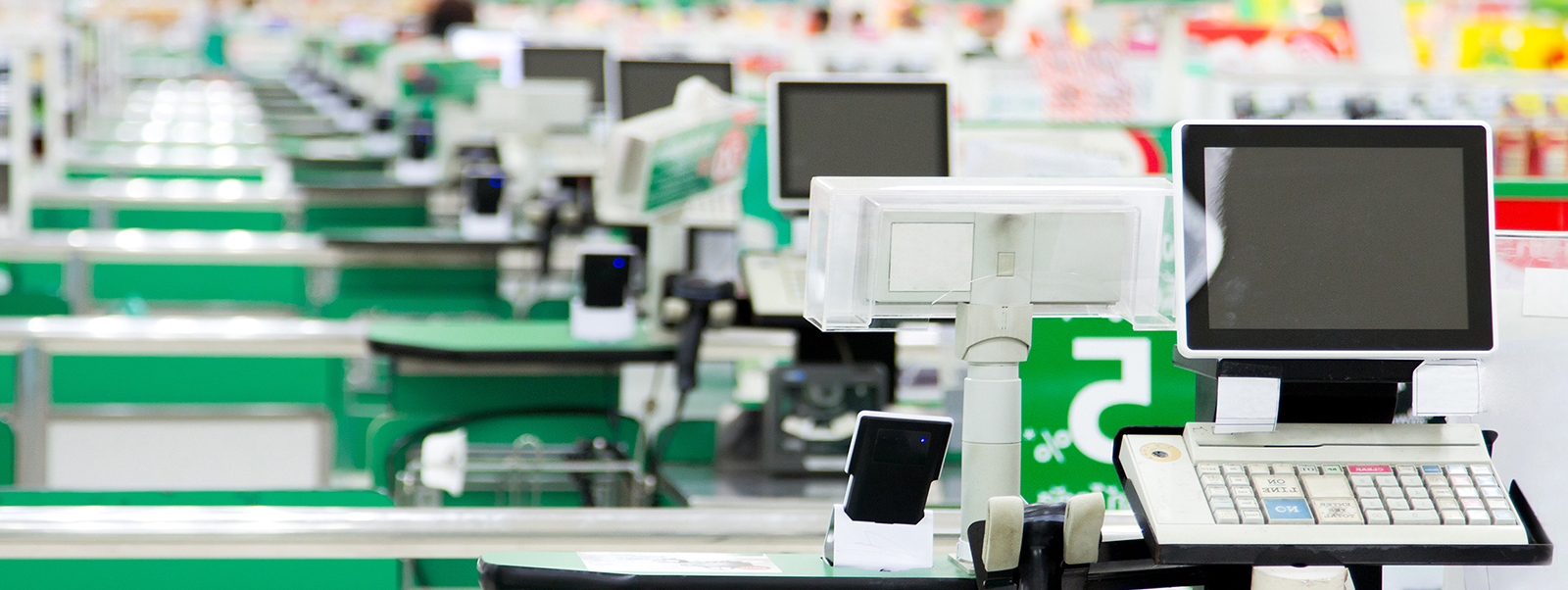This article first appeared in Duncan Brewer's LinkedIn Blog on January 23, 2018.
As Amazon opens its checkout-free Amazon Go grocery store to the public for the first time since its launch in 2016, we’re offered a glimpse into one possible future of retail: one with fewer hassles, fewer human interactions, and fewer low-skilled jobs.
For many customers, checking out is often the most cumbersome part of a shop. They will often have to queue for the privilege of unpacking their basket only to repack a few minutes later, and can only be served by a finite number of tills and store employees. Removing this hassle will appeal to time-poor – or just impatient – shoppers.
For the business, getting this right leads to many benefits, such as less fraud and theft than self-checkouts and, once installed, cheaper to run than paying store staff. The idea aligns with the moves many grocery retailers – with their dependency on high volume and low margins – are taking to cut operating costs.
If Amazon’s technology proves to be effective, we estimate that completely removing checkout staff could save cost equivalent to two percentage points of EBIT
Cutting costs
The major cost (after goods sold) for a supermarket is the labour bill. This accounts for over 60 percent of their non-product cost, with much of this driven by the large number of employees needed to keep stores running smoothly.
Supermarkets are looking to reduce their costs by automating as many jobs as possible. If Amazon’s technology proves to be effective, we estimate that completely removing checkout staff could save cost equivalent to two percentage points of EBIT. In a sector where four percent EBIT is impressive, this is clearly a prize worth fighting for!
Decreasing a retailer’s dependency on labour through technology isn’t limited to checkouts – we’ve also seen it in the introduction of electronic shelf labels and automated warehouse picking. Recently, Tesco has announced 1,700 shop floor job cuts, and French supermarket Carrefour are planning to reduce their head office headcount by almost a quarter, putting 2,400 jobs at risk.
In the UK, cutting the labour bill will be a major focus for retailers over the coming years due to the likely reduction in cheap labour after Brexit and the cost of the national living wage increase coming in April 2018 (up 4.4 percent from £7.50 to £7.83).
It won’t be clear if this technology can fully replace checkouts for some years. Regardless, whether it is through checkout-free stores or some other technology-led solution, supermarkets will keep finding ways to reduce operating costs
Success isn’t a given
It may be that the system is just too expensive to install. Years may pass before the cost of the initial technology outweighs the labour savings. Some people may not like the idea of being tracked around a store, or may not have compatible technology, or prefer (or need) to pay in cash.
Research from Oliver Wyman has revealed that 12 percent of UK consumers are the least engaged with new technology, and a further 19 percent are cautious or skeptical of it and would find an app that constantly tracks them a creepy invasion of privacy. Retailers will need to consider these customers as well when designing their future stores.
It won’t be clear if this technology can fully replace checkouts for some years. Regardless, whether it is through checkout-free stores or some other technology-led solution, supermarkets will keep finding ways to reduce operating costs.
For Amazon, even if the format and technology never catch on, they don’t have a mind-set that worries about failure. It’s a business that perpetually tries new things, learns from any mistakes, and then moves on to something new, supported by deep pockets.
For Amazon, even if the format and technology never catch on, they don’t have a mind-set that worries about failure
How retailers should react
Amazon has clearly benefited from the media coverage around this concept store, and may already be setting customer expectations when it comes to the in-store experience of the future. However, competitors should not rush to invest in similar technology, at least, not yet. While there is an attraction to chasing after the latest buzzword, retailers should instead focus on what can be delivered today. There is plenty that can be done right now in most retail businesses to reduce operating costs.
For example, they can look to reduce head office costs through automating data processes – as described in my previous blog post. Or they can rationalise their product ranges, which reduces: head office time (to negotiate with suppliers); logistics and supply chain complexity; and store staff time (simpler replenishment). They should tackle the cost of goods sold through more effective negotiations and creating partnerships with key suppliers. Getting better at forecasting will have benefits across the whole business, whether through more effective purchasing, more efficient logistics, and less clearance at the end of the product lifecycle.
While there may be no short- or medium-term threat from Amazon’s latest trial, it’s important not to see this step as only a PR stunt. Even if the Amazon solution is right in the long term, a smart retailer will already be moving to address many of the underlying problems the system may solve, and relentlessly focus on reducing operating costs.






